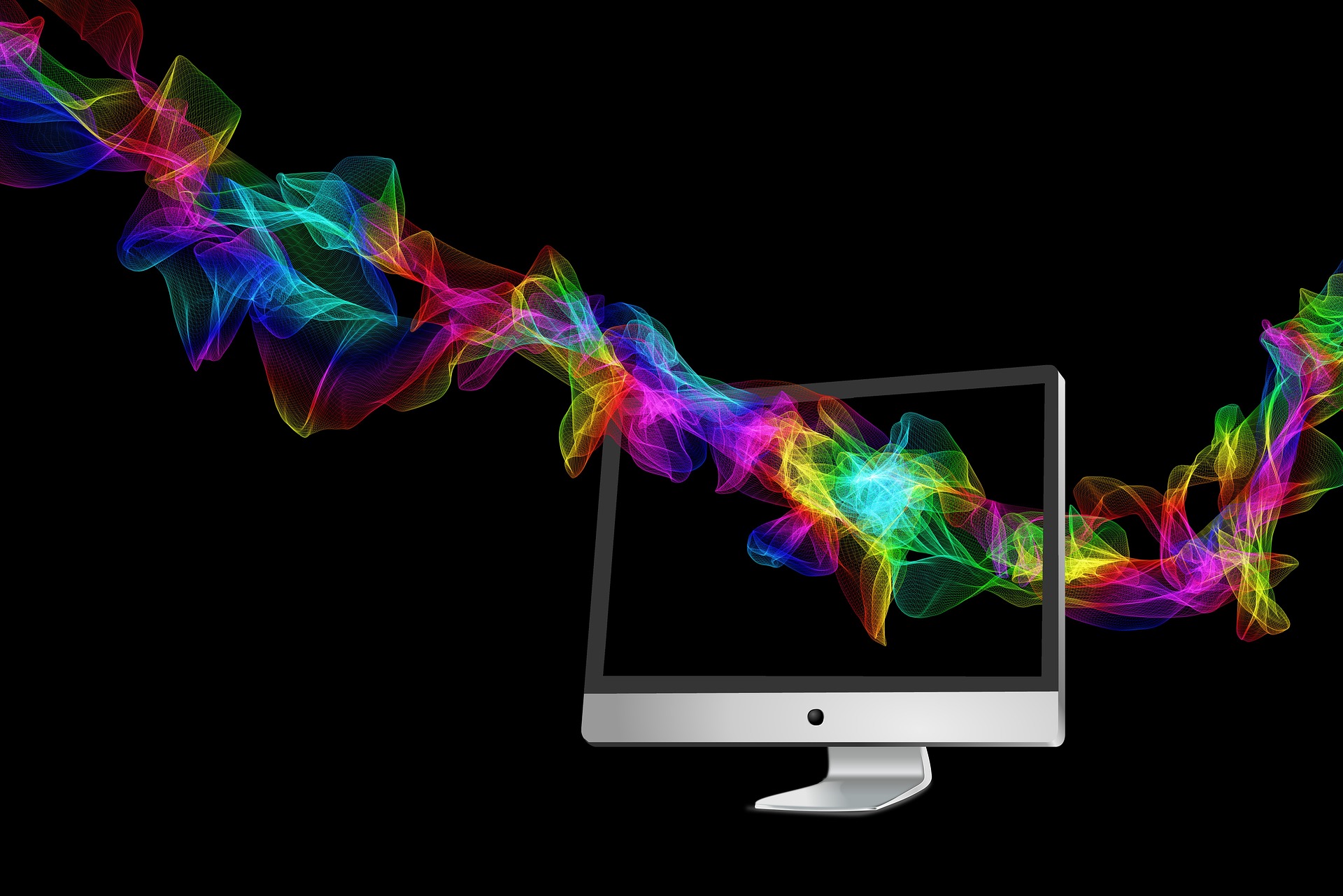The Rise and Rise of Bio-Computing: Computing with DNA, Proteins, and Cells
In an era where silicon-based computing has almost reached its limits, the scientific community is revolutionizing the field of technology by delving into the world of bio-computing. Using components of life like DNA, proteins, and even whole cells, bio-computing opens up a realm of infinite possibilities.

The Dawn of Bio-Computing
Bio-computing, the use of biological materials to perform computational functions, is not entirely new. In fact, the idea was first introduced in the late 1950s by molecular biologists François Jacob and Jacques Monod. However, it took until the late 20th and early 21st centuries for the concept to be fully realized and utilized in practical applications.
Current Developments in Bio-Computing
Presently, the field of bio-computing is going through a boom. Researchers at the University of Manchester have successfully developed the first-ever ‘living’ robots, which are capable of self-replication. These ‘Xenobots’ are built from stem cells, showing how bio-computing is making strides in marrying biology with technology.
Another breakthrough is the creation of DNA-based computers. Scientists at the California Institute of Technology (Caltech) developed logic gates, the basic building blocks of a digital computer, using DNA molecules. This advancement could lead to ultra-small, energy-efficient, and powerful computers.
Bio-Computing: The Cost
While bio-computing is promising, it doesn’t come cheap. The costs associated with bio-computing are largely due to the complex procedures involved in manipulating biological materials. Currently, creating a DNA computer costs around $10,000, which is quite steep compared to traditional silicon-based computers. However, as the technology advances and becomes more common, prices are expected to drop.
Bio-Computing and the Environment
One of the significant advantages of bio-computing is its potential environmental impact. Biological computers are biodegradable and consume less energy compared to their silicon counterparts. This could significantly reduce the tech industry’s carbon footprint. In a world grappling with climate change, bio-computing might just be the eco-friendly tech solution we need.
The Future of Bio-Computing
The future of bio-computing looks bright. As research progresses, we could see the development of bio-computers that can outperform traditional computers in many ways. With advancements in fields like genomics and synthetic biology, we’re just at the beginning of what bio-computing can achieve. From revolutionizing data storage to creating self-healing materials, the possibilities are endless.
Despite the current limitations and high costs, bio-computing is poised to revolutionize the world of technology. In a few decades, we might look back at silicon-based computers as quaint reminders of a time when our technology was separate from biology, rather than an integral part of it.




